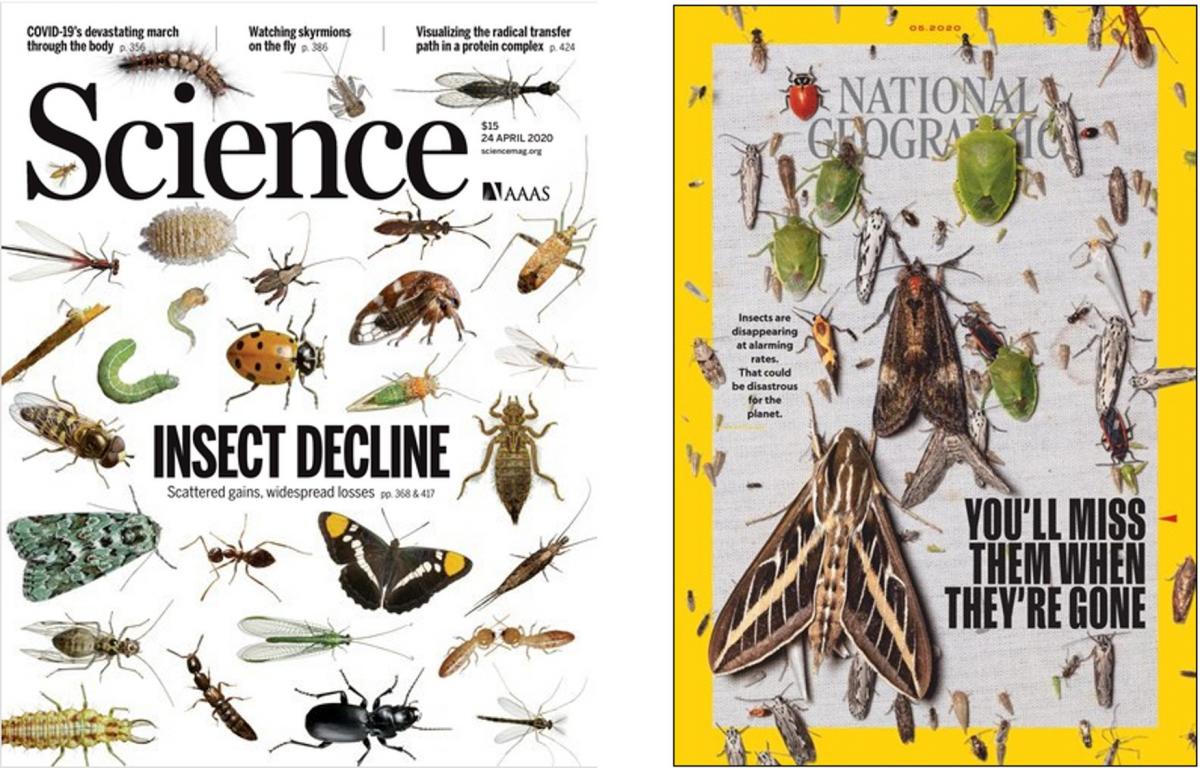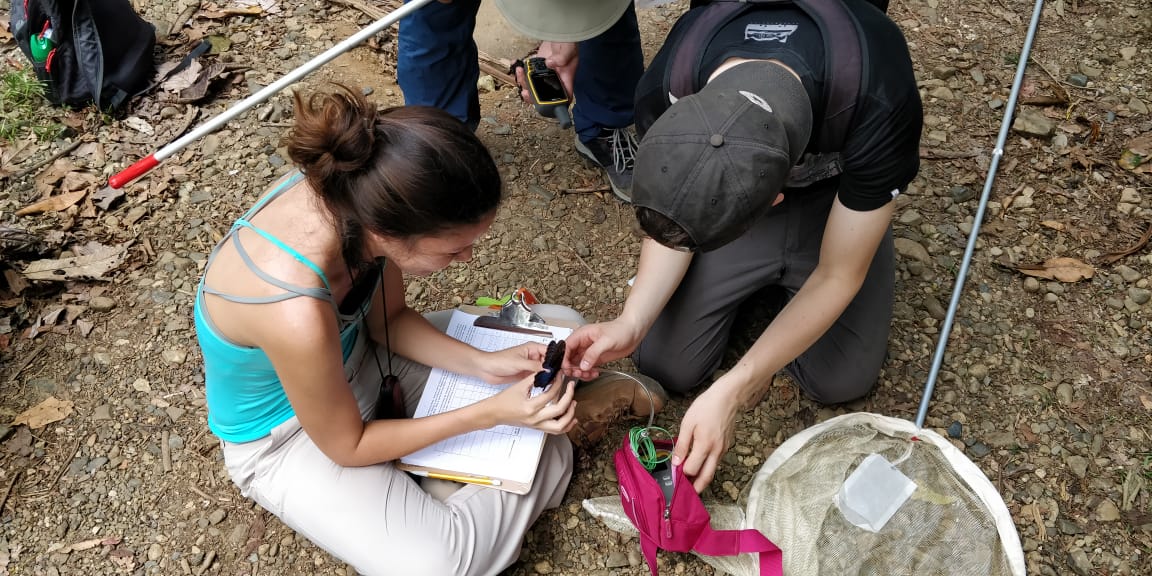Yves Basset is the first to champion the importance of insects. More accurately, he’s the first to champion arthropods. Arthropods include itsy-bitsy spiders as well as creatures with three pairs of legs, two wings, and a body segmented into a head, thorax and abdomen. Insect decline has been making headlines. There is good reason for concern: insects pollinate plants (including one out of every three bites on our plates), control pest populations, cycle nutrients, and decompose organic matter. The Earth needs arthropods, and arthropods are facing increasing pressure from changes in land-use, agriculture and climate.

Since 2009, Yves has led the ForestGEO Arthropod Initiative, a global program in which standard field protocols are used to monitor 15 different groups of arthropods in ForestGEO sites in Panama, Thailand, Papua New Guinea, Ecuador, and China. Long-term monitoring of a diversity of arthropods, coupled with targeted experiments on certain groups, is designed to uncover real trends in arthropod populations. Yves notes that during the first decade of the Arthropod Initiative “my colleagues and I published a series of papers showing that the population dynamics of some insects increased over time, others remained stable and other decreased. Like all organisms, there are lots of different reasons why insect populations change.” By using a long-term and intensive approach, the Arthropod initiative is designed to provide robust findings on how and why insect populations are changing. This work is providing key input to the conversation about global insect decline.
To truly understand how insect populations are changing requires more than geographically isolated and short-term studies that track population changes of one or a few species. It requires a combination of large-scale monitoring and detailed experimentation. The ForestGEO Arthropod Initiative is doing this. For example, in an ongoing project regarding insect thermal tolerance, researchers are seeking to estimate the upper thermal limit for a range of butterfly species at different life cycle stages (eggs, caterpillars, adults) before they lose muscle coordination and die. Such data will inform and refine forecasts for the population dynamics of these species.

Arthropods, including the bewildering array of insects, are important, and it is vital that we understand the causes as well as the consequences of their changing dynamics. To do this, we must deepen our understanding of the biology of the extraordinary species and functional diversity of arthropods. To do so requires focus, commitment and passion for long-term monitoring and experimentation on a global scale. With every new round of data collection and every article published, ForestGEO’s Arthropod Initiative does just that.
Recent Publications
Basset, Y. & Lamarre, G.P.A. 2019. Toward a world that values insects. Science, 364, 1230-1231.
Didham, R.K., Basset, Y., Collins, M., Leather, S.R., Littlewood. N.A., Menz, M.H.M., Müller, J., Packer, L., Saunders, M.E., Schönrogge, K., Stewart, A.J.A., Yanoviak, S.P. & Hassall, C. 2020. Interpreting insect declines: seven challenges and a way forward. Insect Conservation and Diversity, 13, 103-114.
Harvey, J.A., Heinen , R., Armbrecht , I. Basset, Y., … & de Kroon, H. 2020. International scientists formulate a roadmap for insect conservation and recovery. Nature Ecology and Evolution, 4, 174-176.
Lamarre, G.P.A., Fayle T.M., Segar, S.T., Laird-Hopkins, B., Nakamura, A., Souto-Vilarós,D., Watanabe, S. & Basset, Y. 2020. Monitoring tropical insects in the 21st century. Advances in Ecological Research, 62, 295-330.
